A few years ago, my family and I went on a trip to Argentina. The first stop on our trip was Iguazu Falls, which lies between the countries of Argentina and Brazil. Iguazu Falls is the widest waterfall in the world with 275 waterfalls and islands. As we got there, there were obviously thousands of other people coming to see this river and its waterfalls; on this hot day butterflies were flying in the spring air, the waterfalls were thundering down and the emotions of the people were high. I had an insight in this moment. I realized that all us humans there were gathering at this place to see and feel the magnificent splendor of Water, Earth, Wood, Sky. We were essentially pilgrims on a journey to a holy spot, coming to pay reverence and be touched by the power of this place.
By definition, according to the American Heritage dictionary, a pilgrimage is “a journey to a sacred place or shrine” or “a long journey or search especially one of exalted purpose or moral significance.” Often times, pilgrimages have a religious connotation. In Europe, we know of the Camino de Santiago, the famous Christian pilgrim’s route to Santiago de Compostella in Spain. In the Middle East, Islam has the Hajj or Umrah as they travel to Mecca. Tibetan Buddhists pilgrims walk the Mount Kailash Kora. These days people of different walks-of-life follow these and many other routes even if they aren’t of these religious faiths and why not? Religion, at least in this age in the Western world, does not have the exclusive rights to dictate who and how people practice their spirituality or how they live their lives, unless these individuals allow themselves to be so commanded. I became aware of Frank Fahey’s attempt to distinguish between pilgrimage and tourism on Wikipedia. It is an interesting comparison but I get a sense it is a very one-sided one, as he assumes that religion is the know-all and end-all of anything spiritual. It is my belief that spirituality is a very personal experience as well as relationship to the Divine, whereas religion is the outward, socialized-system agreed upon by a collective body, to honor a specific Divinity. Ultimately, each individual has the right to choose who or what s/he believes to be Divine.
Personally, I have found that most places in the world where I have sensed the presence of the Divine have been in Nature, not often those made by human hands. I have been to oceans, mountains, deserts, and so many other environments, which have invoked in me a deep sense of awe and a feeling of reverence to the higher power(s) that have created this planet and universe.
One such place that my husband and I go to almost every year now for the past 14 years, like a pilgrimage, is Scuol in Canton Graubünden. This is where we hold our Tai Ji Quan/ Qi Gong Summer Retreat together with a colleague of ours from Eastern Switzerland. We have been coming here with our families, to practice and to spend time in the presence of what I sense as the Divine. In this area where Scuol lies - Earth, Sky, Water, Trees come together in a harmonious manner, rousing in me a sense of peace and acceptance. Acceptance that I may be small, compared to the greatness of the mountains and the wideness of the sky, but also that I am part of this matrix that binds all living beings and the Elements with the Universe. We practice Tai Ji Quan and Qi Gong to connect with each other, as well as with the Elements and the Divine. It is essentially our yearly pilgrimage to a place I hold sacred within and without. Come join us, if not this year then the next!
Tai Ji Quan/ Qi Gong Retreat in Scuol
Image by Elaine




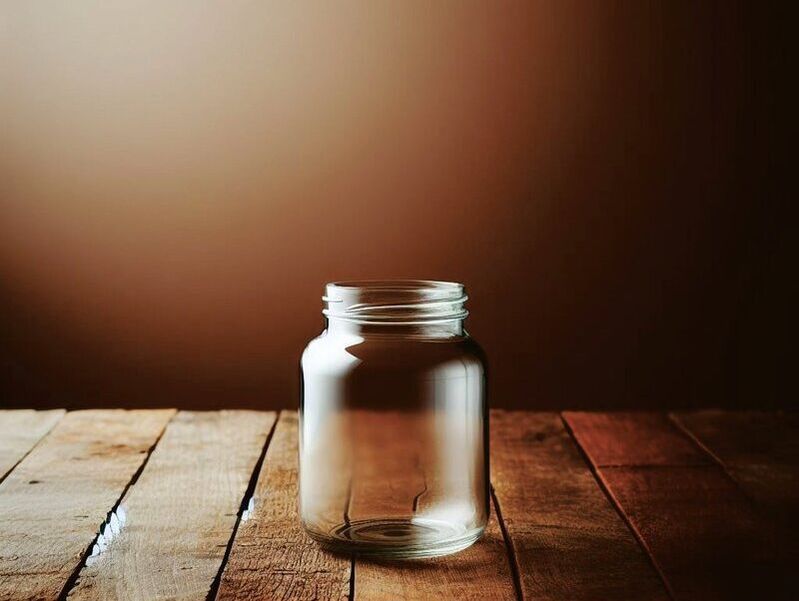
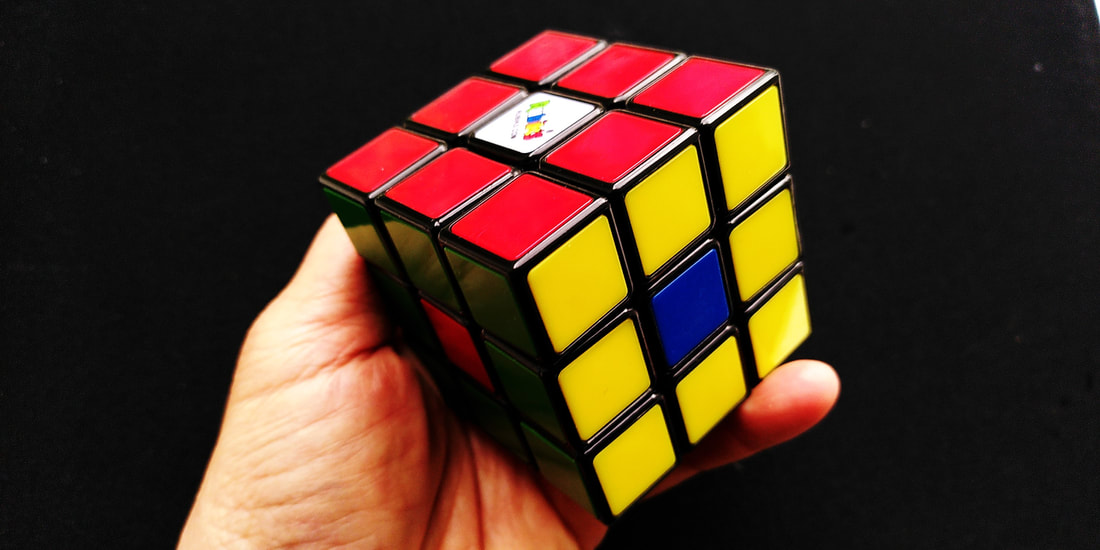
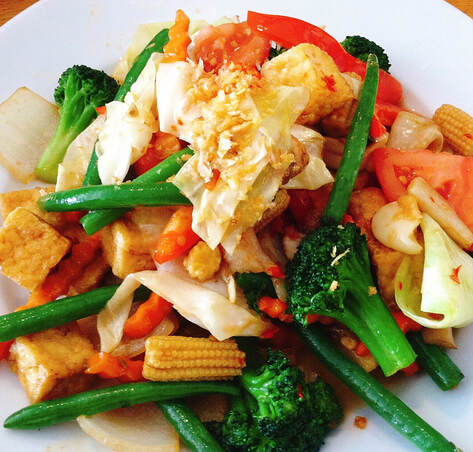
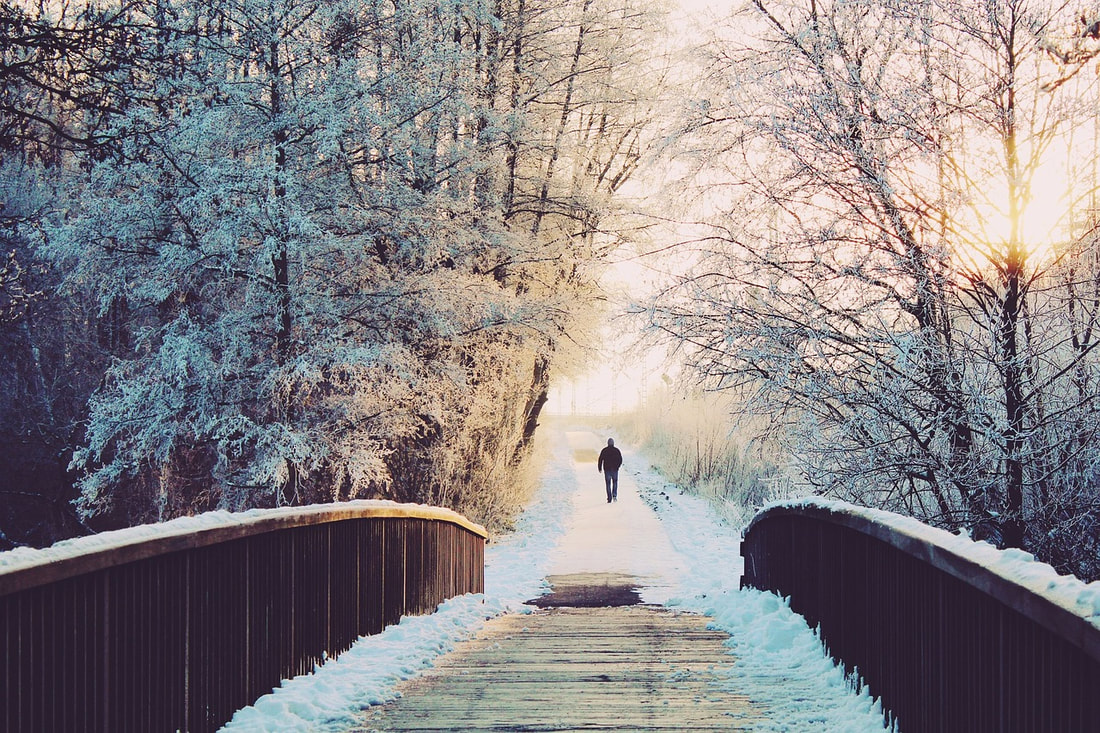
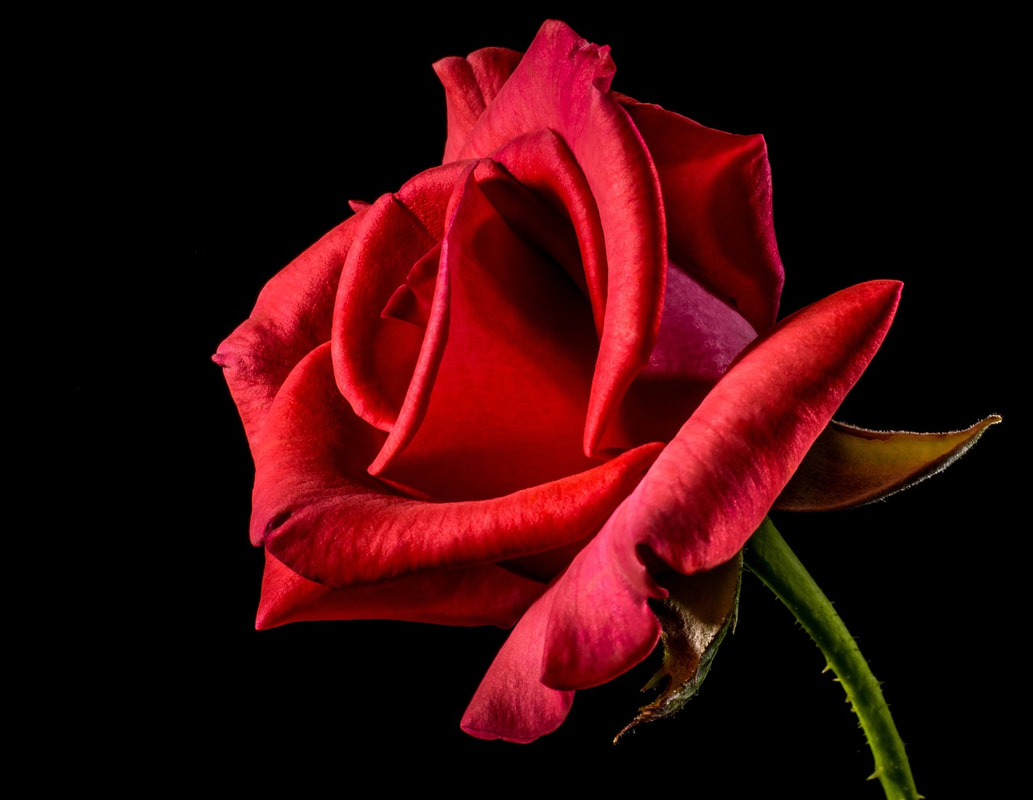
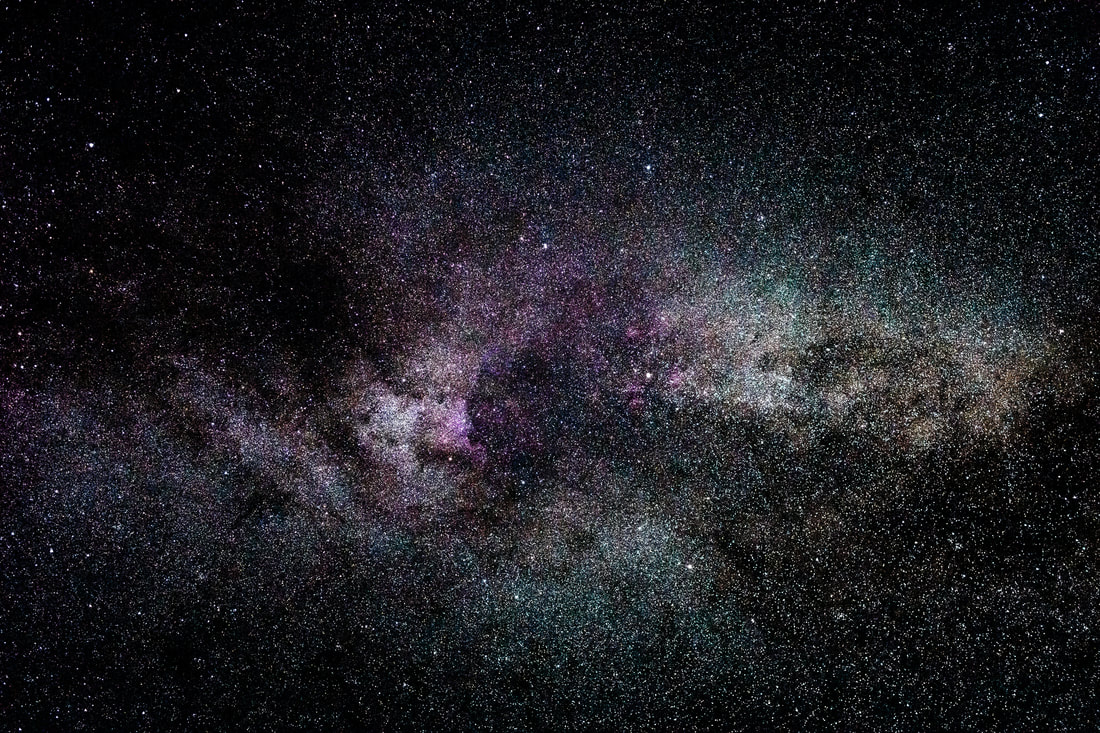
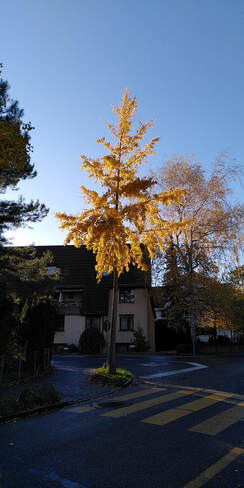
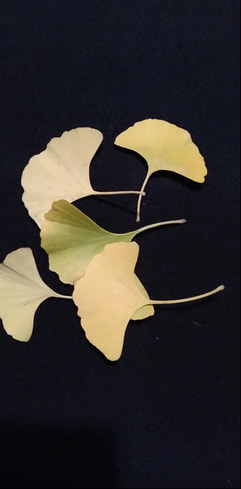
 RSS Feed
RSS Feed